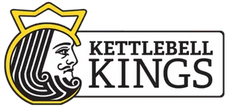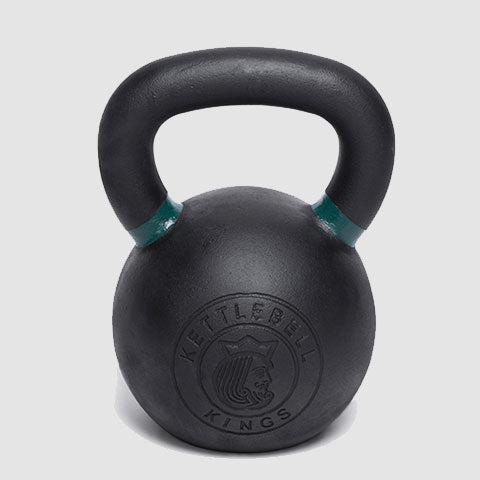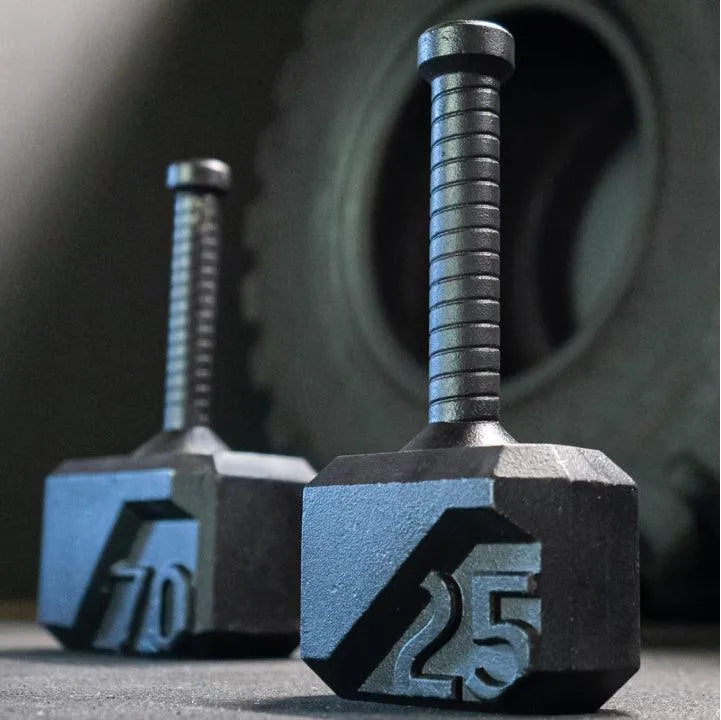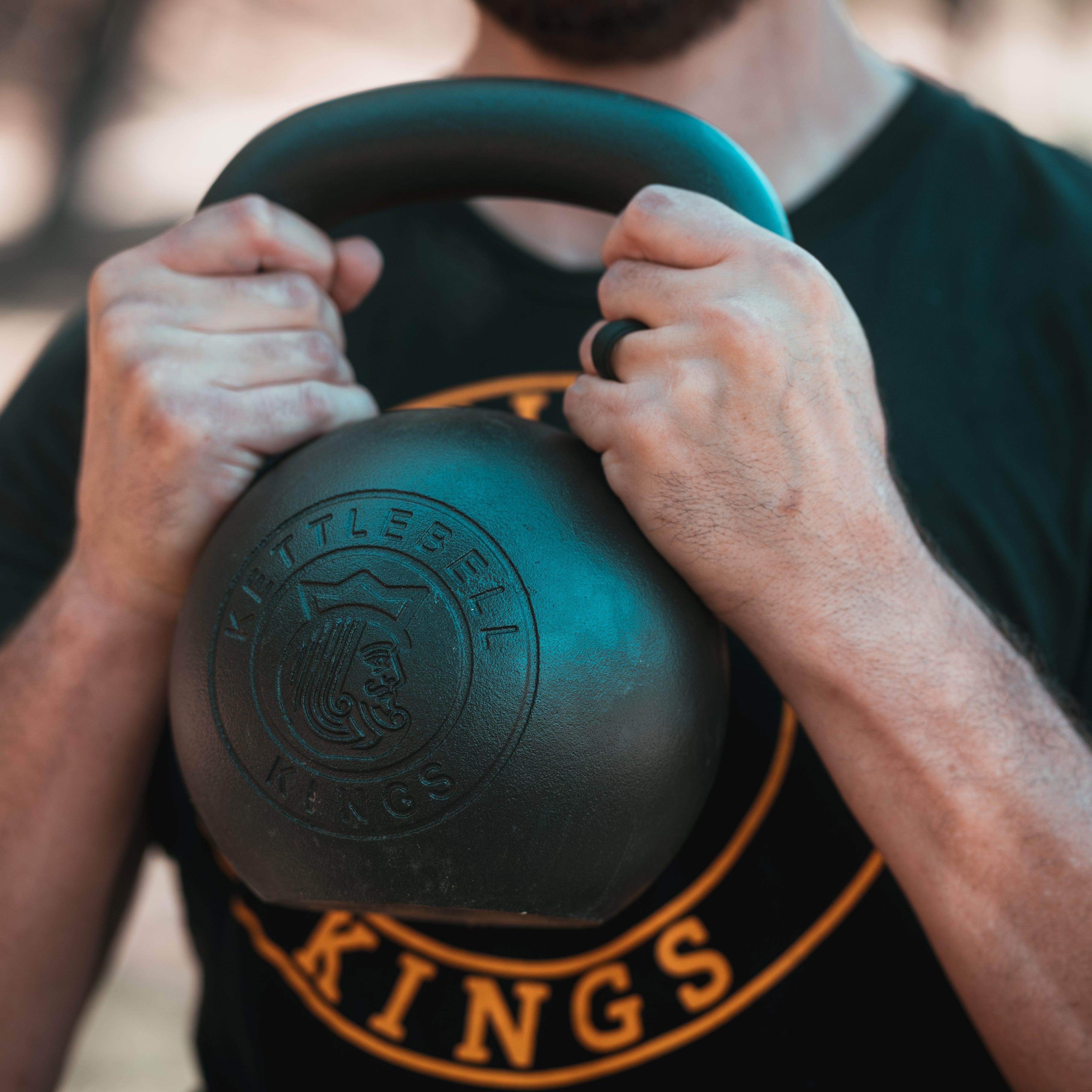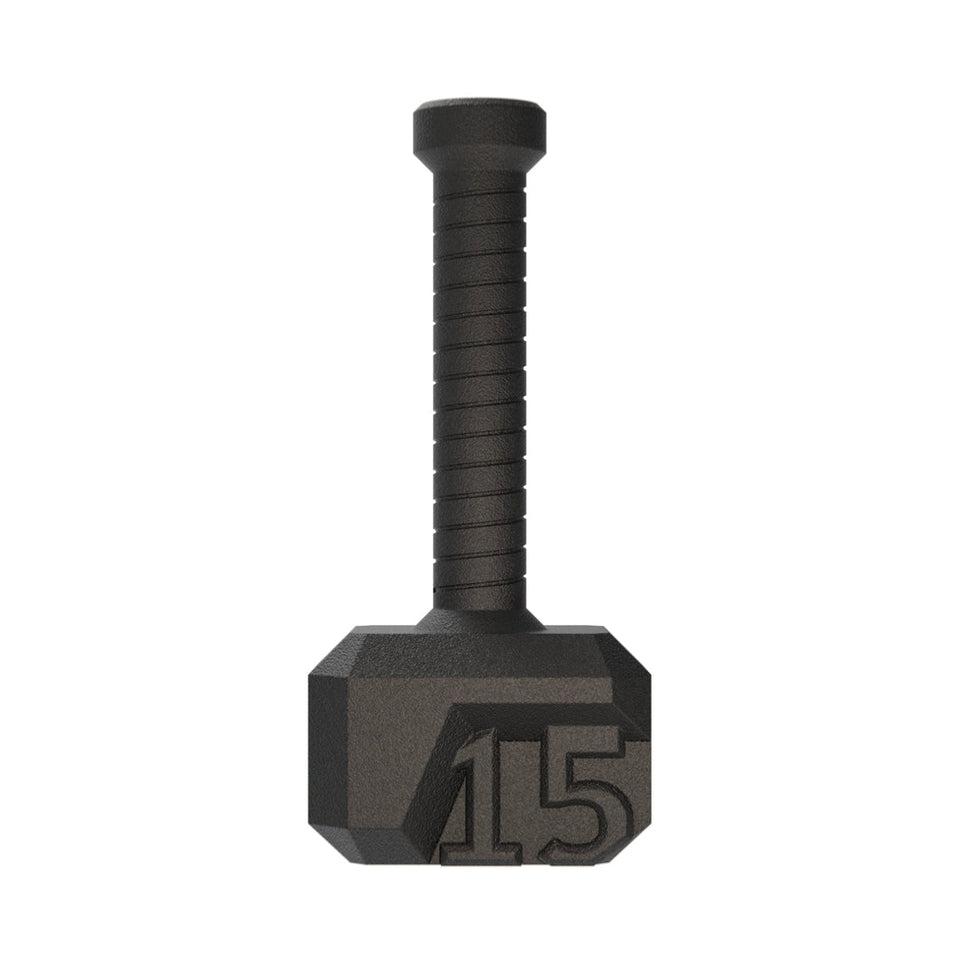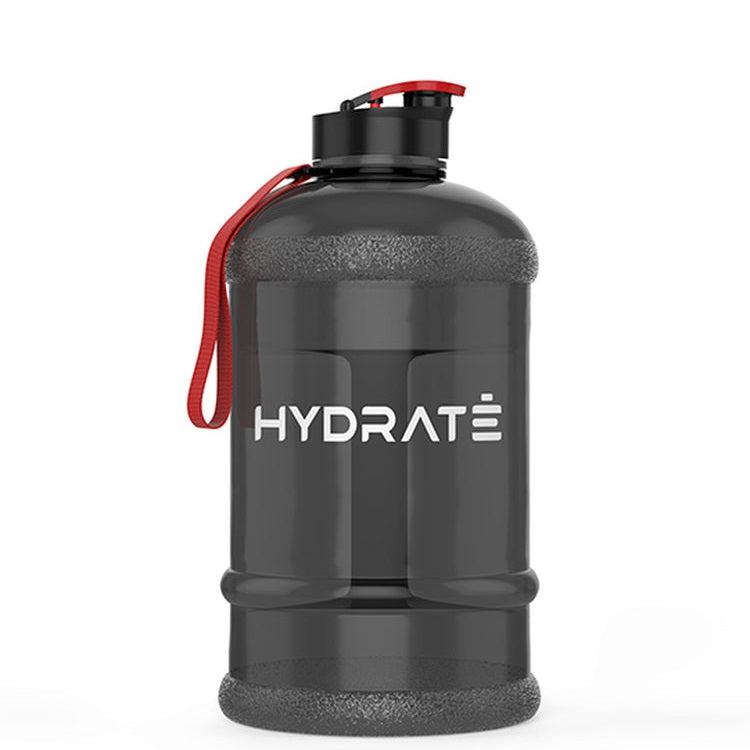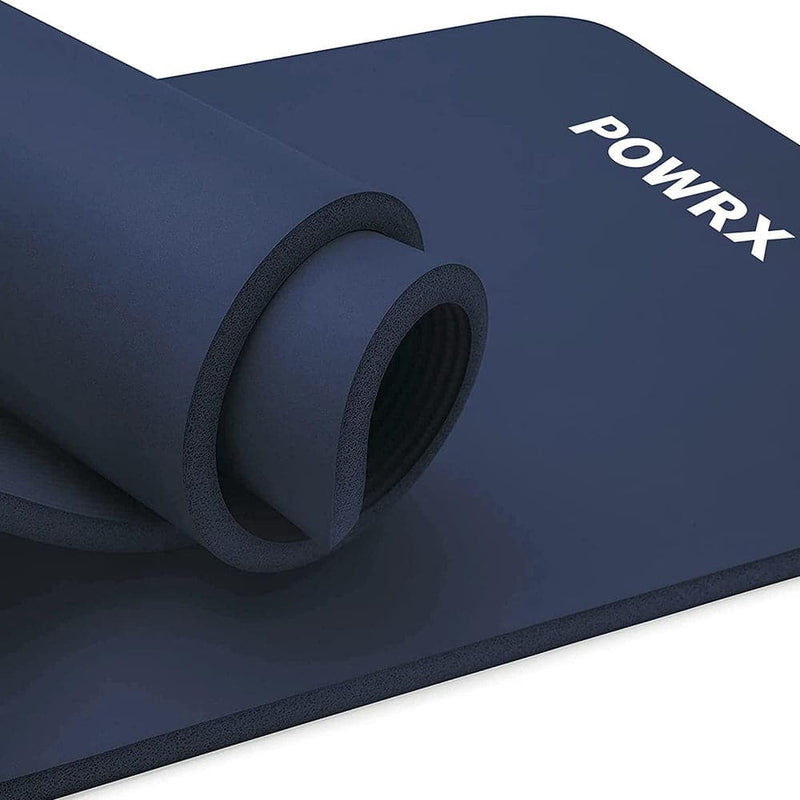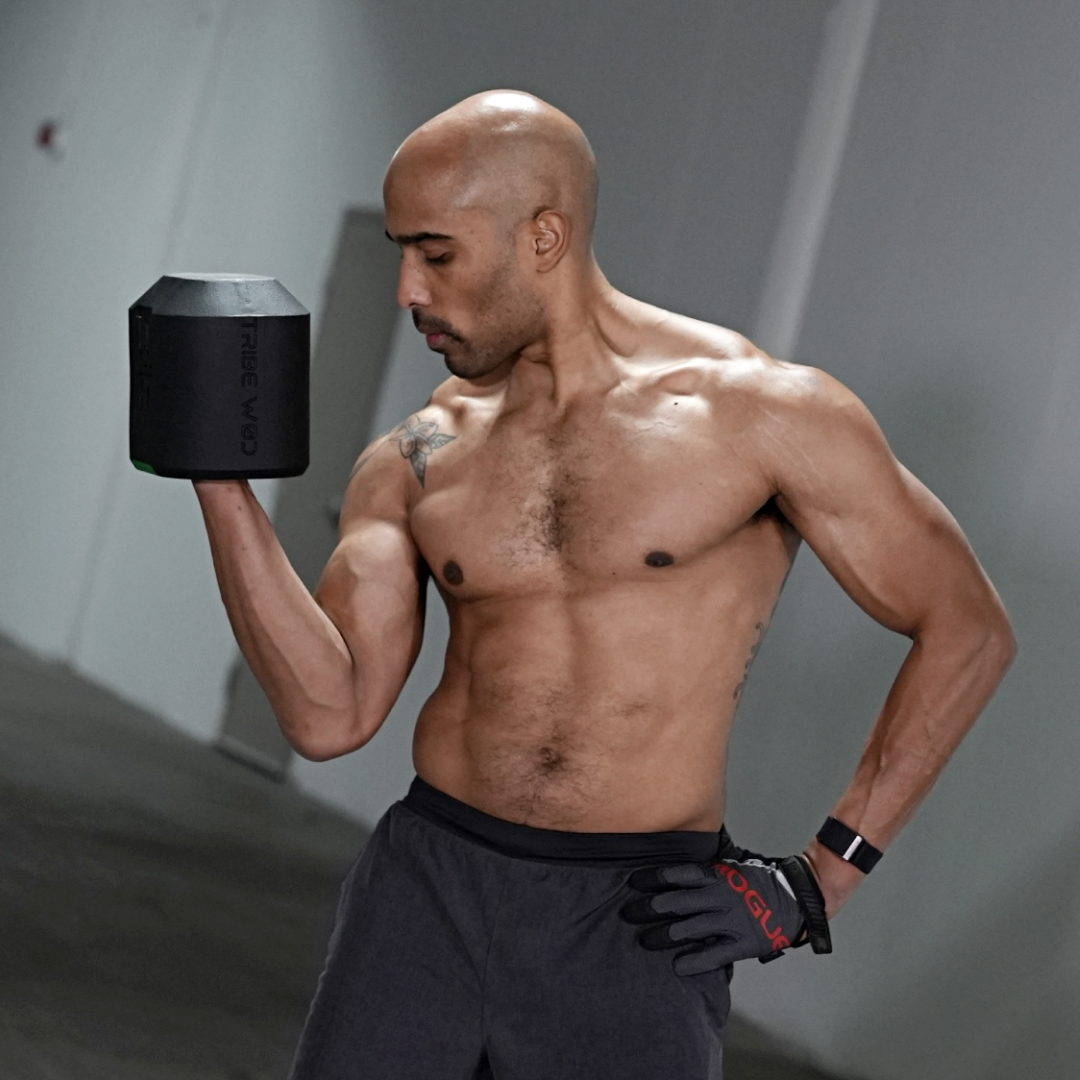I like to think that it'll be old age or a random accident that gets me in the end. I want to take care of my diet and lifestyle and beat the odds. In order to be self-sufficient and enjoy an able-bodied lifestyle until you are old and grey, what should adults of all ages be physically capable of?
The Essential Five for All Ages
1.Walk a mile carrying a bag of groceries
2.Climb a flight of stairs without needing to hold onto the handrail
3.Break a fall then get back up again
4.Pick up a baby (or a French bulldog in my case)
5.Move quickly out of the way of incoming danger (scooter, bus, skateboarder, cyclist, runner, car, etc.)
I want to add one more to this list, which you may or may not agree with. Considering the roots of our evolution, I think that maintaining the ability to hang from something for at least ten seconds is something that humans of all ages should shoot for. I think that this basic level of grip and shoulder strength is something that would contribute to longevity and life enhancement at 80. Of course, this first requires the ability to move the arms overhead—something that most over 40s can’t do without risking shoulder or lower back injury, hence my reluctance to include this in the original five. I digress.

The essential five seem simple, right? So why (according to the Center of Disease Control) are falls the leading cause of death for adults over the age of 65? Because we inherently take advantage of our amazing abilities—until we don’t have them anymore. I would challenge this statement from the CDC and suggest that the leading cause of these deaths is actually a lack of three-dimensional movement for at least a decade leading up to the age of 65. Also, too much reliance on pharmaceuticals, not enough real, nutrient-dense food and not enough home cooking. But that’s beside the topic of this blog.
Let’s reverse engineer the essential five abilities a little. In order to enhance life and avoid disability, what should humans between the ages of 50 to 65 be doing that will put them in good standing to perform the essential five at 80? I think the following, one through five being the most important.
Ten Essentials for People Aged 50 And Over
1.Learn how to fall over and tumble.
2.Brisk walk for at least 30-minutes, non-stop, almost every day.
3.Visit the floor at least once per day (lay on it to do some joint mobility. Sit on it to eat or watch TV—set your home up to be more floor-friendly).
4.Move every joint to its end range of motion, most days. You’re only as old as your joints and they love movement. You can make a nice 20-minute flow out of a full joint lube sequence.
5.Pick up reasonably heavy things at least once a week in multiple lifting patterns. First, learn how to pick things up safely, in multiple planes of movement and multi-directional lunge patterns—some trainers actually know how to teach this properly (meow).
6.Balance on one leg to tie your shoelaces, wash the dishes and brush your teeth.
7.Get out of breath at least twice per week doing some kind of unloaded locomotive activity (swimming, brisk walking uphill or up a long flight of stairs, hiking, cycling, rowing, jump roping, jogging, etc.).
8.Move quickly twice per week: leap, dash, throw, sprint, bound, jump. Be able to broad jump the length your body. Fast twitch muscle fibers are quick to diminish as we age. They maintain agility, a youthful mindset and spring in your step. Include a little after a good mobility session, when you’re warmed up.
9.Take every opportunity to go barefoot. When your feet stop feeling and working, you’re infinitely more likely to sustain some debilitating injury. Can you raise your big toes while the others remain grounded, then reverse the action? Let them be free!
10.Regularly hang from something with flexed and straight arms (if shoulder range of motion allows it).

Ok, what about 35 to 50-year-olds? It’s usually during their mid-30s when people who’ve been mostly sedentary for the past 10 to 15 years hit that moment of realization and start to turn their health around. Although some are motived by long-term health, the majority in this age bracket tend to be motivated by aesthetics. For those who regularly participate in exercise (which is only about 30% of the western population), there’s usually a huge disconnect between their subjective goals and their objective training needs. I think that in order for under 50s to stand the best chance for long-term health, the following activities should be regular and frequent.
Six Recommended Activities for Under 50s
1.Walk at least 10,000 steps almost every day.
2.Daily joint mobility, to any degree. At least a couple of short movement snacks between tasks at work, but ideally a full joint lube sequence (or yoga session) that involves lots of rocking, rolling and tumbling around on the floor.
3.Lift something that uses almost all of your effort to do for one to three reps once or twice a week. Ideally, this would be applied to each movement pattern, but just a good old deadlift or Turkish get-up would do the trick. This could simply involve your body weight too (pull-up, push-up, squat, etc.).
4.Reach a high heart rate by doing unloaded locomotive activity (row, trail run, cycle, flywheel bike, etc.) at least once per week.
5.Sprint, jump, bounce, leap or hop once per week—gotta feed those fast twitch fibers!
6.Kettlebell swings (along with get-ups) are one of the highest value exercises available (when performed well). Find a great instructor to teach you these powerful, life-long skills and inject them into your weekly program.
Next, I’ll offer some training goals that I believe have a direct positive impact on long-term health. If you’re new to exercise, pick one or two and work your way down the list. If you’re under 50, regularly participate in exercise and any of these are out of your reach, I suggest making them a training priority. In order of importance:
13 Physical Abilities Under 50s Would Do Well To Possess
1.Good conscious control of the diaphragm and pelvic floor.
2.Sit comfortably on the floor with your torso upright and no arms (legs crossed or straight) for 10 minutes.
3.Balance on one leg with your eyes closed for more than 30 seconds.
4.Stand tall, balance on one leg and tie a shoelace.
5.Break a fall, tumble and roll.
6.Infinity crawl, non-stop for two minutes.
7.Walk up a local mountain without losing your breath (location dependent).
8.Turkish get-up with ¼ bodyweight kettlebell for one rep per arm.
9.Deadlift 1.25 x bodyweight for one rep.
10.50m farmers’ carry two kettlebells that collectively weigh half your bodyweight.
11.Perform at least five perfect push-ups.
12.Jump rope non-stop for five minutes (this is a lower limb strength pre-requisite for anyone who wants to safely run any distance )
13.Perform a pull-up.
If all of these are achievable for you, congratulations! Your exercise regimen works. Carry on!

Now, I’ll offer some athletic standards that I think make great, life-enhancing and achievable training goals for people who already own the capabilities above. With structured and consistent training, I’d say these worthy goals would take three to nine-months for any able-bodied person. I think they also have a strong carry-over effect to any other physical feat you applied yourself to.
Eleven Life-Enhancing Training Goals for Everyday Athletes
1.Infinity crawl, non-stop, for 7 minutes
2.Jog up a mountain trail that’s 1.5-2 miles long without breaking into a walk
3.Turkish get-up and/or bent press a half-bodyweight kettlebell
4.Run one mile (off-road: running track, beach, field or trail) in under 7 minutes
5.One arm one leg push-up for one rep
6.Deadlift 2x bodyweight for one rep
7.30 unbroken goblet squats with a half-bodyweight kettlebell
8.Single arm swing a third-bodyweight kettlebell 200 times in 10 minutes. 20 sets of 10 reps at a time (go every 30 seconds)
9.Free-standing handstand
10.Strict ring muscle-up
11.Barefoot bodyweight pistol squat

I should emphasize how critical it is to have all the other basic abilities in place before indulging in any of these tasty, advanced training goals. Ignoring the basics and neglecting the importance of movement as a priority is a catalyst for almost all injuries in a training environment.
I’ll close by mentioning a list of common training habits or exercises that I believe make you less athletic and diminish life at 80. Going for a walk instead of any of these would be a healthier way of spending your time.
Six Training Habits That Diminish Life At 80
1.Wearing weightlifting belts. They teach your brain to ignore the one you were born with, which is more than capable of a double bodyweight deadlift (if your hinge pattern has the strength to match). After a couple of years of regular lifting without a belt and after establishing ownership of your pelvic floor and diaphragm (can you even engage specific areas of each?), a belt could be useful to marginally increase load lifted for the sake of competition or sports. People with a history of lower back pain are most in need of reteaching healthy lifting patterns without wearing a belt.
2.Seated shoulder press, pec dec, ab machine, adductor machine or any chair-based fixed resistance machine. Sitting in chairs while lifting messes up your neurological pathways and makes you less capable at lifting anything in the real world. Stand, squat, bend, lunge, kneel, sit or lay on the floor when lifting. Get out of the chair and train for real-world strength. These machines and the leg press have been found to apply a dangerous level of compression to the lumbar discs. A lot more compression than lifting the same amount from standing or kneeling (where possible) when the tensegrity structure that is your body is stabilizing for itself (McGill – Low Back Disorders)
3.Running on concrete if you don’t have the lower limb strength to jump rope, non-stop for five minutes. Running is the most dangerous of all activities (statistically speaking) and weak lower limbs is a major contributing factor.
4.Loaded squats if you don’t have the ability to visit the deep squat position for 4 minutes without extra weight (light goblet squats are OK because they help the squat pattern)
5.Box jumps for more than one rep, unless you’re a highly seasoned athlete with no movement restrictions
6.Olympic lifting unless you possess the ability to hold a naked (20kg) bar locked out overhead for two minutes while sitting in a deep squat. Adding load and explosive speed to poor movement is a perfect storm for injury.
I don’t presume to tell you what you should and should not do. This is just my opinion after having assessed, trained and worked with many hundred (maybe thousands) of humans of all ages and abilities over the past nine years as a professional coach/therapist/trainer/teacher and as an athlete/elite military for many years prior to that. I only hope to offer some achievable training goals that will enhance your life at 80.
Strength and honor!
Phil McDougall
Instagram: @phil.mcdougall
Kettlebell Kings has the most highly & frequently reviewed kettlebells in the world. We have free shipping in the US & Canada (www.kettlebellkings.com), Europe (www.kettlebellkings.eu) and Australia (www.kettlebellkings.com.au). Check out our 4,000 reviews for quality and customer service here!
